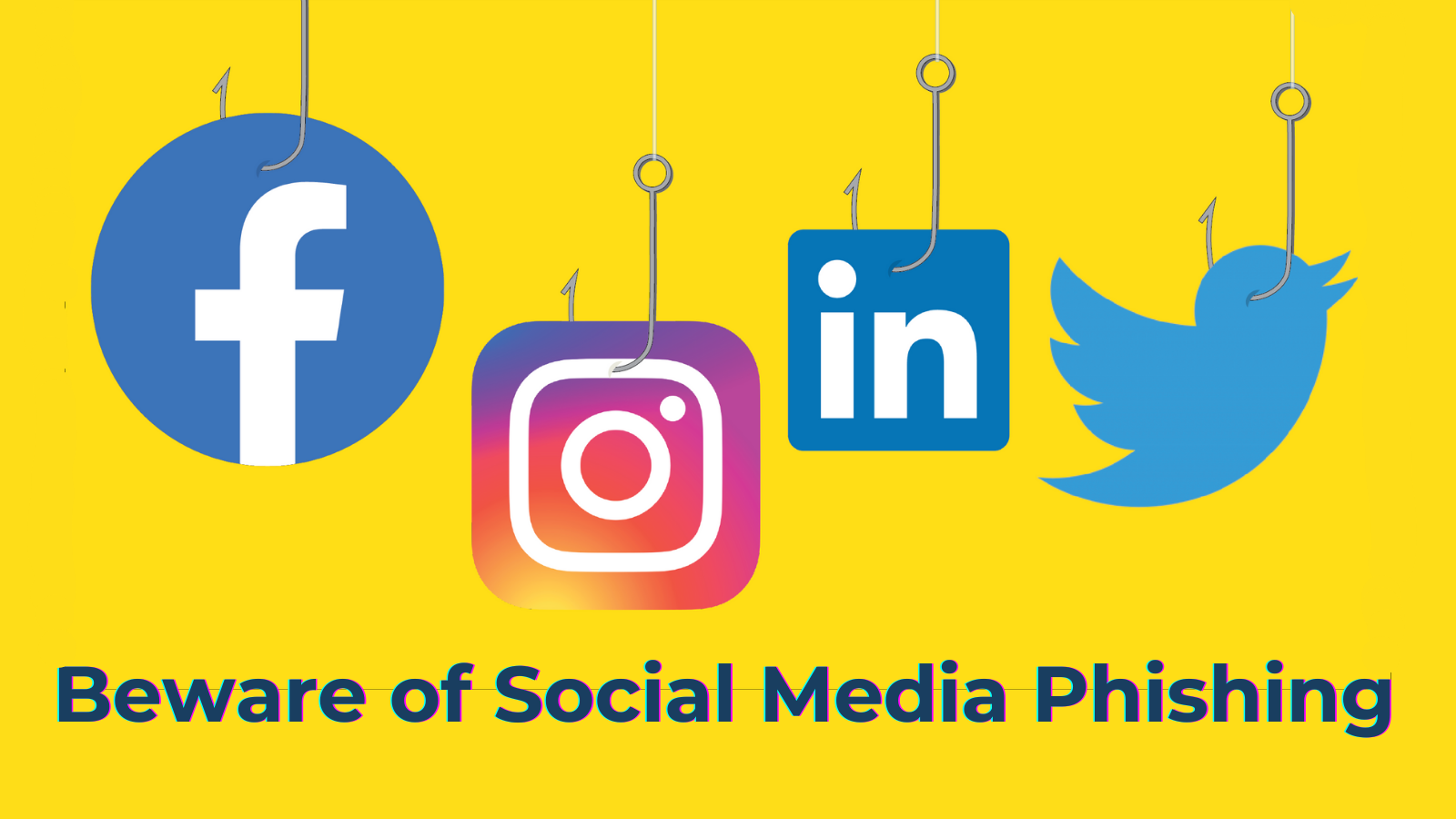Introduction
Social media has become an essential part of daily life, connecting people worldwide. However, cybercriminals have turned these platforms into a hunting ground for phishing scams, tricking users into revealing sensitive information. In this guide, we will explore social media phishing, how to identify scams, and crucial measures to stay safe online.
What is Social Media Phishing?
Social media phishing is a cyberattack where scammers impersonate trusted brands, influencers, or friends to deceive users into divulging personal and financial details. These scams often involve fake messages, deceptive links, and fraudulent posts designed to steal passwords, credit card details, or other confidential data.
Common Types of Social Media Phishing Scams
1. Fake Giveaways and Contests
Cybercriminals create fake giveaways, claiming users have won prizes. Victims are asked to click on a malicious link or provide personal details to claim their rewards.
2. Impersonation Scams
Scammers create fake profiles mimicking well-known individuals, customer service representatives, or brands, tricking people into sharing private data or making payments.
3. Malicious Links in Messages or Posts
Attackers send messages or post links that appear legitimate but redirect users to phishing sites designed to capture login credentials.
4. Hacked Accounts and Fake Friend Requests
Hackers gain control of a legitimate account and send phishing messages to the victim’s contacts, spreading the scam further.
5. Job Offer and Employment Scams
Fake recruiters or companies post job offers requiring applicants to share sensitive information or pay upfront fees for employment opportunities.
How to Spot Social Media Phishing Scams
1. Suspicious URLs and Links
- Hover over links before clicking to check the destination.
- Look for misspellings in domain names (e.g., “faceb00k.com” instead of “facebook.com”).
2. Generic or Urgent Messages
- Phishing messages often create a sense of urgency, urging immediate action.
- Be wary of messages claiming your account is compromised or that you’ve won a prize unexpectedly.
3. Requests for Personal Information
- Legitimate organizations rarely ask for sensitive details via social media messages.
- Never share your passwords, bank details, or security codes online.
4. Poor Grammar and Spelling Errors
- Many phishing scams originate from non-native English speakers and contain grammatical mistakes.
5. Unverified Accounts
- Check if the profile is verified (blue checkmark for official pages).
- Look for inconsistencies in usernames, profile pictures, or follower count.
Important Measures to Avoid Social Media Phishing
1. Enable Two-Factor Authentication (2FA)
- Add an extra layer of security by enabling 2FA on your social media accounts.
- Use authentication apps instead of SMS verification when possible.
2. Verify Before Clicking Links
- Never click on unknown links without verifying the source.
- If a message claims to be from a trusted organization, visit their official website instead of clicking the provided link.
3. Use Strong and Unique Passwords
- Avoid using the same password across multiple platforms.
- Use password managers to generate and store complex passwords securely.
4. Regularly Review Privacy Settings
- Adjust your social media settings to limit who can see your personal information.
- Restrict access to your profile to trusted connections only.
5. Report and Block Suspicious Accounts
- Report phishing attempts to the social media platform.
- Block and remove suspicious accounts that attempt to contact you.
6. Stay Updated on Phishing Tactics
- Follow cybersecurity news to stay informed about new scams.
- Educate yourself and others about phishing threats.
Conclusion
Social media phishing scams are becoming more sophisticated, targeting unsuspecting users through deceptive tactics. By recognizing red flags and implementing security measures, you can safeguard your online presence. Stay vigilant, report suspicious activities, and always verify information before sharing personal details. Your online security starts with awareness and caution.














